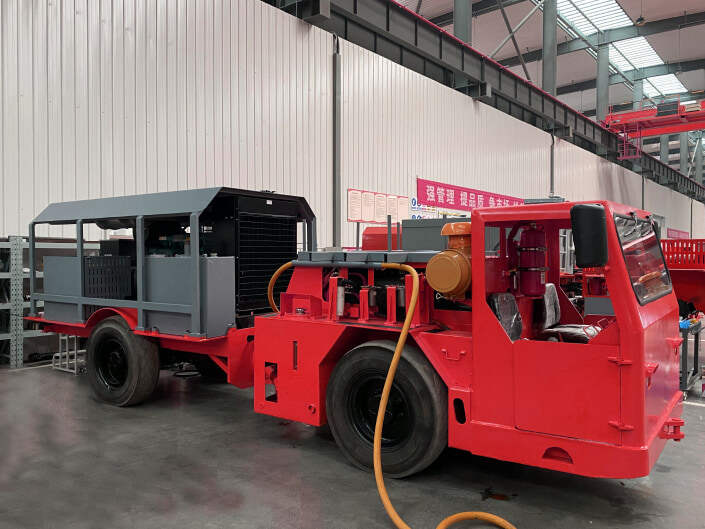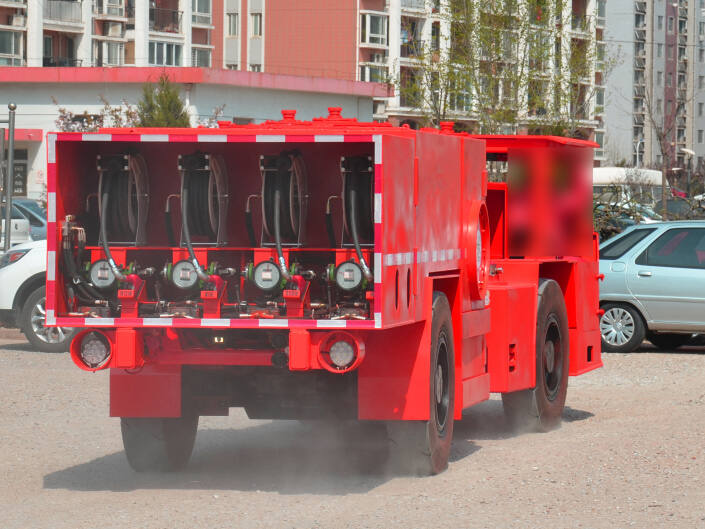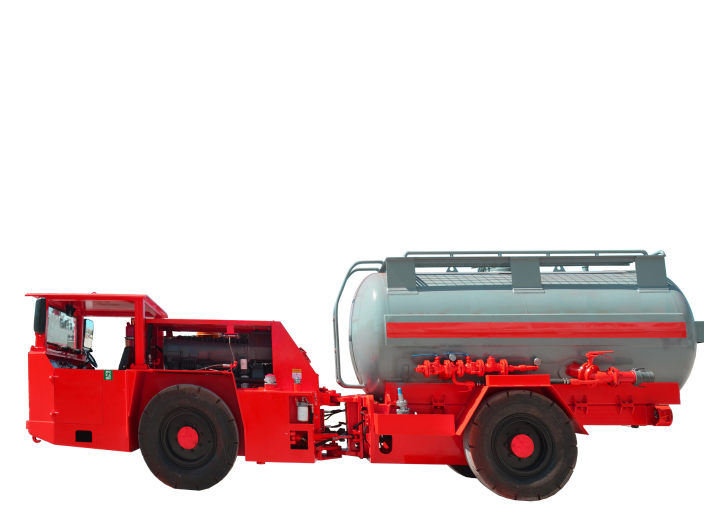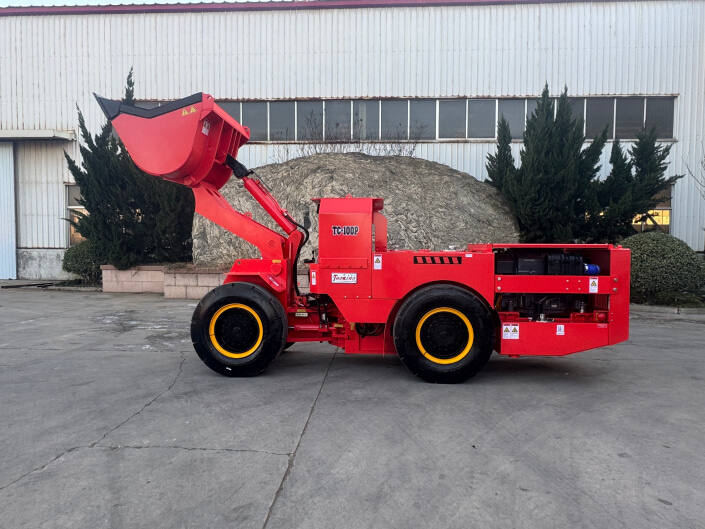underground locomotive mining
Underground locomotive mining represents a crucial advancement in modern mining operations, utilizing specialized rail-based vehicles designed to transport materials, equipment, and personnel through underground mine tunnels. These robust machines serve as the backbone of underground mining logistics, operating on carefully laid track systems that ensure efficient material movement throughout the mining complex. The locomotives are powered by various energy sources, including battery-electric systems, diesel engines, or trolley-wire electricity, each offering specific advantages for different mining environments. Modern underground mining locomotives incorporate advanced safety features such as automatic braking systems, collision avoidance technology, and remote monitoring capabilities. They are engineered to withstand harsh underground conditions while maintaining operational reliability and efficiency. These vehicles can transport several tons of ore, waste rock, and mining supplies, making them indispensable for large-scale underground mining operations. The technology behind these locomotives continues to evolve, with newer models featuring digital control systems, improved energy efficiency, and enhanced operator comfort. They play a vital role in maintaining consistent production schedules and reducing operational costs in mining operations worldwide.







